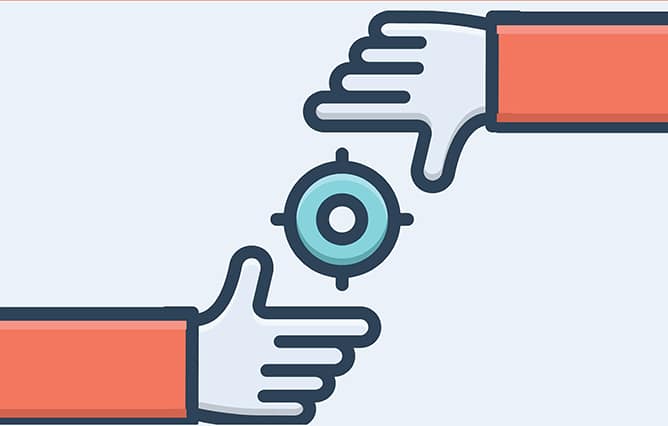
What One Tech Rabbi Thinks You Should Know About Educational Artificial Intelligence
June 28, 2023
The Case for Technology in Schools
June 28, 2023Morris Kishk
People have a lot of opinions on the intersection of technology and education. Some parents and educators worry rightly that technology is not safe, that it can be a distraction, and that kids already have enough screen time. However, “technology” is a very broad term. We would benefit from a more nuanced conversation about what technology is, what we hope to get from it, and how we can best use technology to benefit the learning in our classrooms. Goals need to be clearly identified and articulated beyond “we want to use more technology” or “we need to use our smartboards.”
In my work helping Jewish day schools with professional development, teacher training, and edtech implementation, we’ve identified a great need for tech education. This can be broken down to three areas of development: two goals for students and their learning and another goal for teachers and staff. The three goals should define how technology should be integrated into our schools.
- The cultivation of general technology skills in students
We call this digital literacy. Are students graduating with skills to create documents, make presentations, use Excel, skills we know are vital in the modern-day workplace? Perhaps these skills have traditionally been taught in a “computer class,” but from our experience, integrating tech education throughout the curriculum is key for actual skill-building.
To achieve a more integrated approach to tech education in Jewish schools, we work on creating a tech-centered scope and sequence, and training teachers how to effectively teach digital literacy. Students should learn how to use documents while writing their English papers, create presentations for their history projects and use design tools in their science classes. This frees up the traditional computer class for the second facet of technology education. - The cultivation of more robust tech skills from students
This includes computer science knowledge, coding skills, and many more targeted tech skill sets that will give students a leg up in their professional lives. New York public schools receive resources through initiatives like CS4All, but non-public schools don’t have access to the same programs. This makes teaching computer science incredibly difficult.
To add to the challenge, coding programs are notoriously difficult to staff. The few Jewish schools that do teach coding generally rely on self-paced coding instructional platforms; unfortunately, these may be ineffective and boring. Our organization has developed robust and customizable coding programs for students from grades three through twelve. By providing curricula and weekly professional development, we have been able to help schools build unique and effective computer science programs. These programs help students learn incredibly useful career skills and work on problem solving, creative thinking, and grit. - The cultivation of tech skills in teachers
If teachers have access to proper professional development programming, the technology education experience can be enhanced for students. This includes everything from using an LMS, such as Schoology or Google Classroom, to give grades, building a reservoir of the proper learning materials to present to students who are visual learners, and digitizing the sharing and collecting of digital assignments (to limit paper use and improve expedience). This can often be facilitated through the integration of edtech software. Integrating software streamlines the submitting of grades, learning management, report card generation, intervention planning, and blended learning (which is a whole world unto itself).
It’s important for school leaders to realize that technology is just another way to best prepare students for success in the real world, and it does not always require an increase in screen time. Even before tech education reaches students, the integration of technology in classrooms can begin with teacher training and infrastructure building through the implementation of edtech software.
In conclusion, there are many ways to bring technology into your school, whether it’s student-facing or just aimed at teachers and administrative staff. The process of implementation can seem daunting, but schools do not have to go about this alone. External support is available, and solutions can be highly specialized to reflect the values and priorities of each Jewish day school.
Morris Kishk is founder and Executive Director of Revolution Learning and TeachCS, LLC

